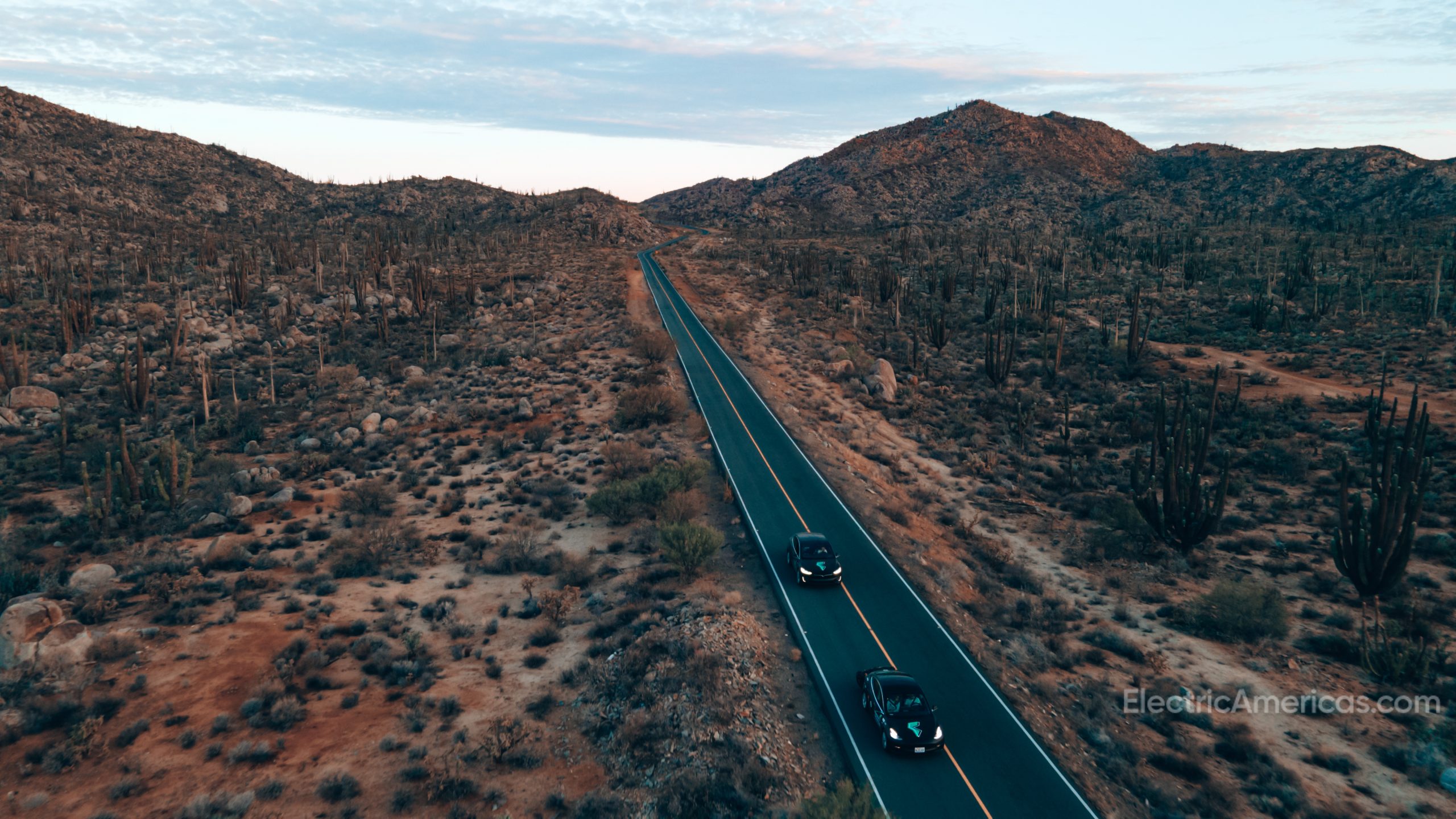
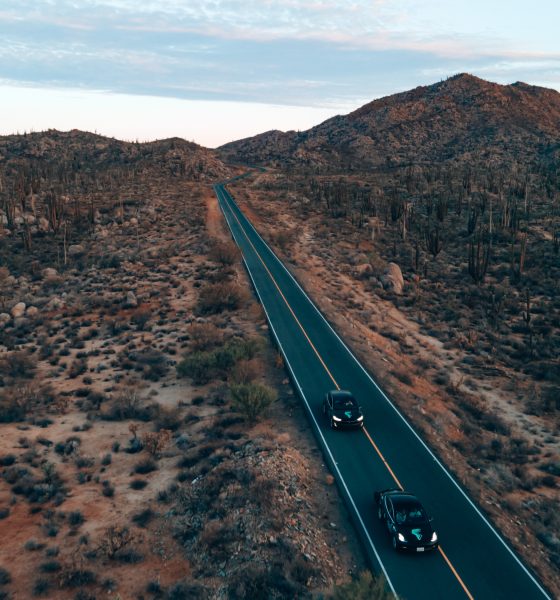
Lifestyle
2 Teslas, the Pan-American Highway, and an extreme adventure
Driving an electric vehicle down the Pan-American Highway is no easy feat but a team in two Teslas is doing just that. Life is a journey and sometimes we find ourselves in the most interesting places. This is literally true for Electric Americas Foundation founder, Martin Canabal. Martin is driving the Pan American Highway and has a team filming a documentary on the adventurous road trip. I interviewed Martin for CleanTechnica earlier this summer just after he started his trip from Alaska. This is a follow-up to that interview.
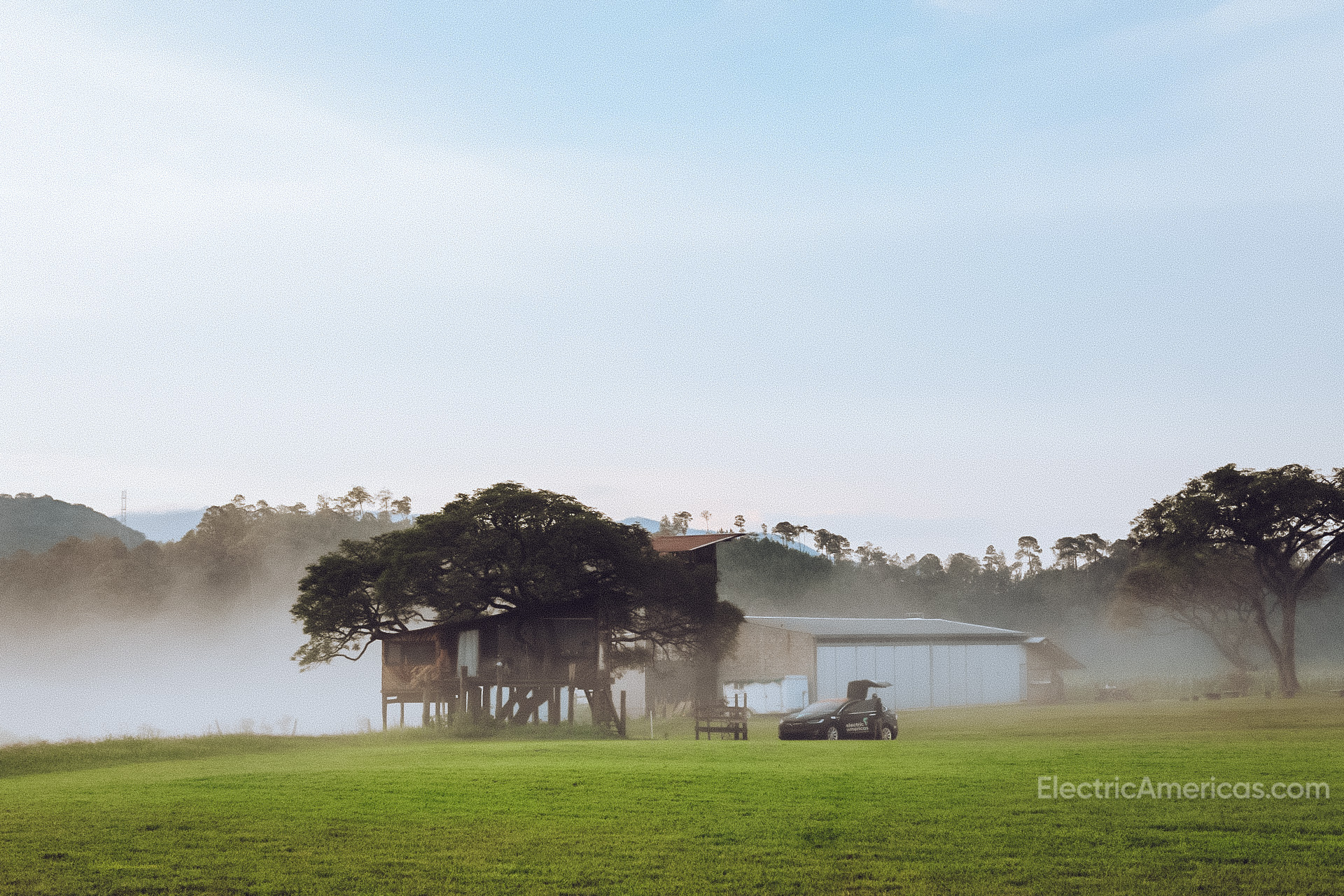
When we spoke, Martin was in Mexico and we talked about some of his adventures along the way from Alaska to Mexico. The team is taking two Teslas down the Pan-American Highway, the world’s longest motorable road. Although it starts in Alaska and ends in Patagonia, there will be a portion of the trip where they have to ship the cars across the Darién Gap, an area where the highway does not exist due to political and environmental reasons.
So far, Martin and his teams have endured flat tires, bad roads, heavy rain, and Mexican speed bumps. Martin explained that the speed bumps in Mexico are extremely huge and that he has to modify the tow hitch due to the speed bumps.

“We have taken the cars to places that I didn’t think we could be able to take them on this trip,” he said. One of those places is Punta Abreojos, Baja California. a remote fishing village in the Pacific.
“We slept in off-the-grid cabins with solar power (so no charging!), no charging stations in town. We could barely charge in some homes using the 110/12A mobile charger. We had to change tires, and we had to wait some days for them to arrive, so we could not reach our next charging station. The tire shop had a welding machine, but we did not have the correct plug, so we had to improvise.”
Bahia de Todos los Ángeles was another place Martin and his team visited in Baja, California. He told me they drove off the main roads to see shark whales and barely made it back in time to charge.
“We thought we could charge for some hours, but the voltage of the town was not enough, so no charging at all!”
In Cabo Pulmo, the roads were so bad that Martin had a flat tire and the two cars had become separated. And the bad roads ended up damaging their tires.
“We used a tire fix and had to put air on the wheel using a bicycle pump from someone who stop to help us. We had an electric air pump but it was on the other car, that had to leave the day before to replace the other tires. After that, we made a rule: we will not drive separately! After all of this, we were able to get replacement tires, replacement wheels, and everything we needed to repair and replace the tires, but we also added more weight and this affects our range.”
The team had to change their schedule and timings of the trip to replace all of the tires for the Model X, which had also gotten a flat tire.
“It was a challenge. In the end, we were able to buy old tires and continue our trip to Cabo San Lucas where we bought new tires. This story ended in Guadalajara where we were able to go to Tesla Service and were able to change the other two tires.”
Another extreme place that Martin and his team visited is El Peñon, a paragliding spot near Valle de Bravo.
“You get there driving countryside roads, and dirt roads. But the place is majestic, and it is one of the best paragliding/Hang Gliding in the world!”
Martin’s last Tesla Service appointment took place in Mexico City where they looked at the cars to make sure that any repairs were done. After Mexico City, there will be no more Tesla Service Centers for the team as they continue along the Pan-American Highway.
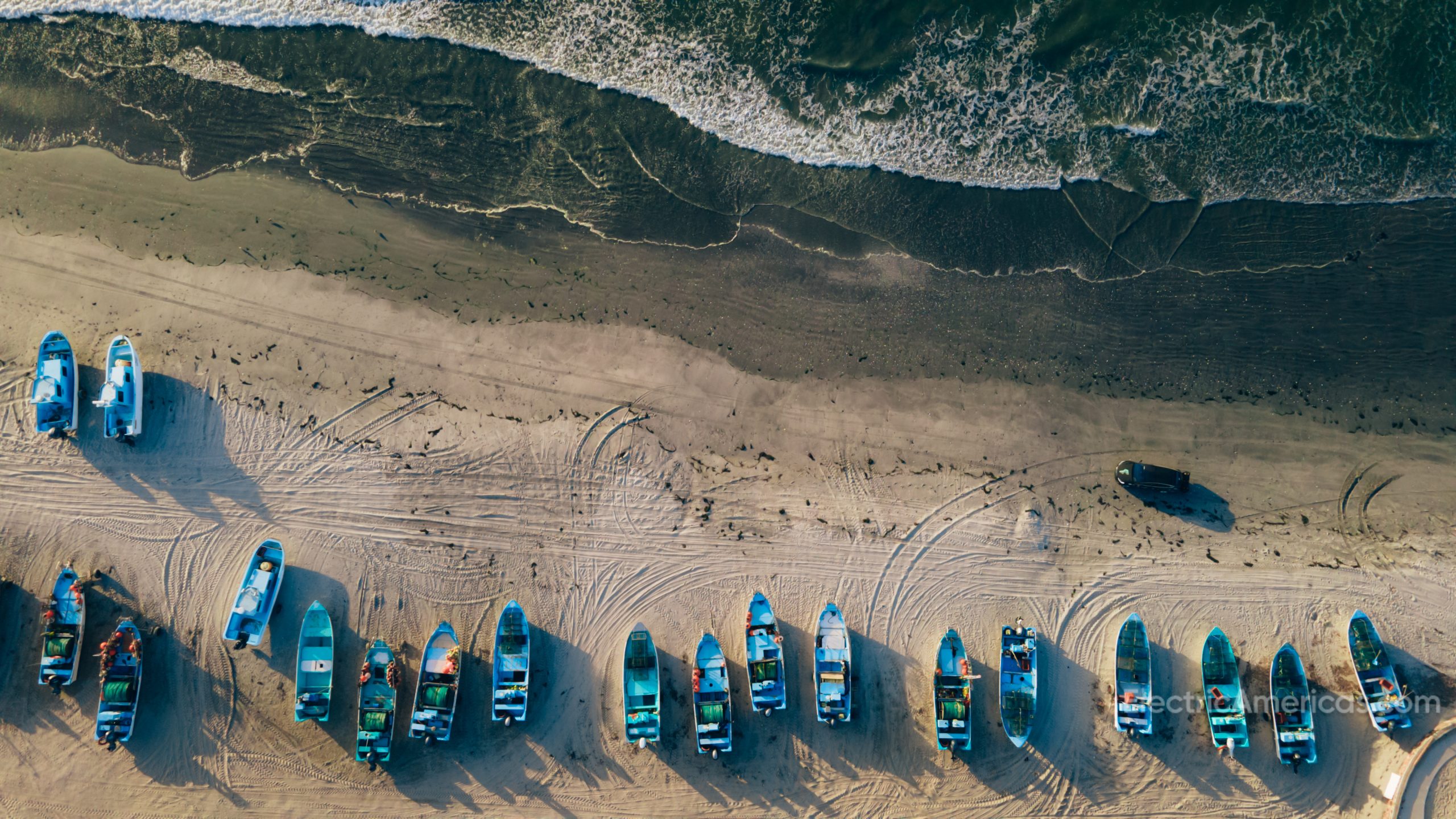
“We have road service in Mexico but in a week after we leave the country, we won’t have any support from Tesla. That will be a challenge if something happens. We also had our last Tesla Supercharger in Puebla, Mexico.”
While Martin was chatting with me, his car was at a local Nissan dealership that had charging stations. As for charging along the rest of the trip, Martin was prepared to be creative.
The initial plan didn’t include charging stations past certain points, however, Martin emphasized that the EV charging landscape has changed and he’s seeing this along his trip.

“I planned this trip in 2020 and we’re supposed to charge between several days. There were no charging stations. Now we are in Puerto Escondido and we’re going to be here for four days. We have to film for the documentary and we have to charge. Normally it was going to be slow with no chargers.”
“Now, we can find chargers so our situation is much better now. I think things have improved a lot in two years. When I did my research, there was not a lot of charging stations for our route from Mexico to Argentina. And now I see more. And that’s incredible.”
“On the other hand, we were supposed to charge using the normal outlet. But we found out that this isn’t possible all the time. In several places, we tried to charge it and the Tesla didn’t charge because it sensed that the grid was not okay.”
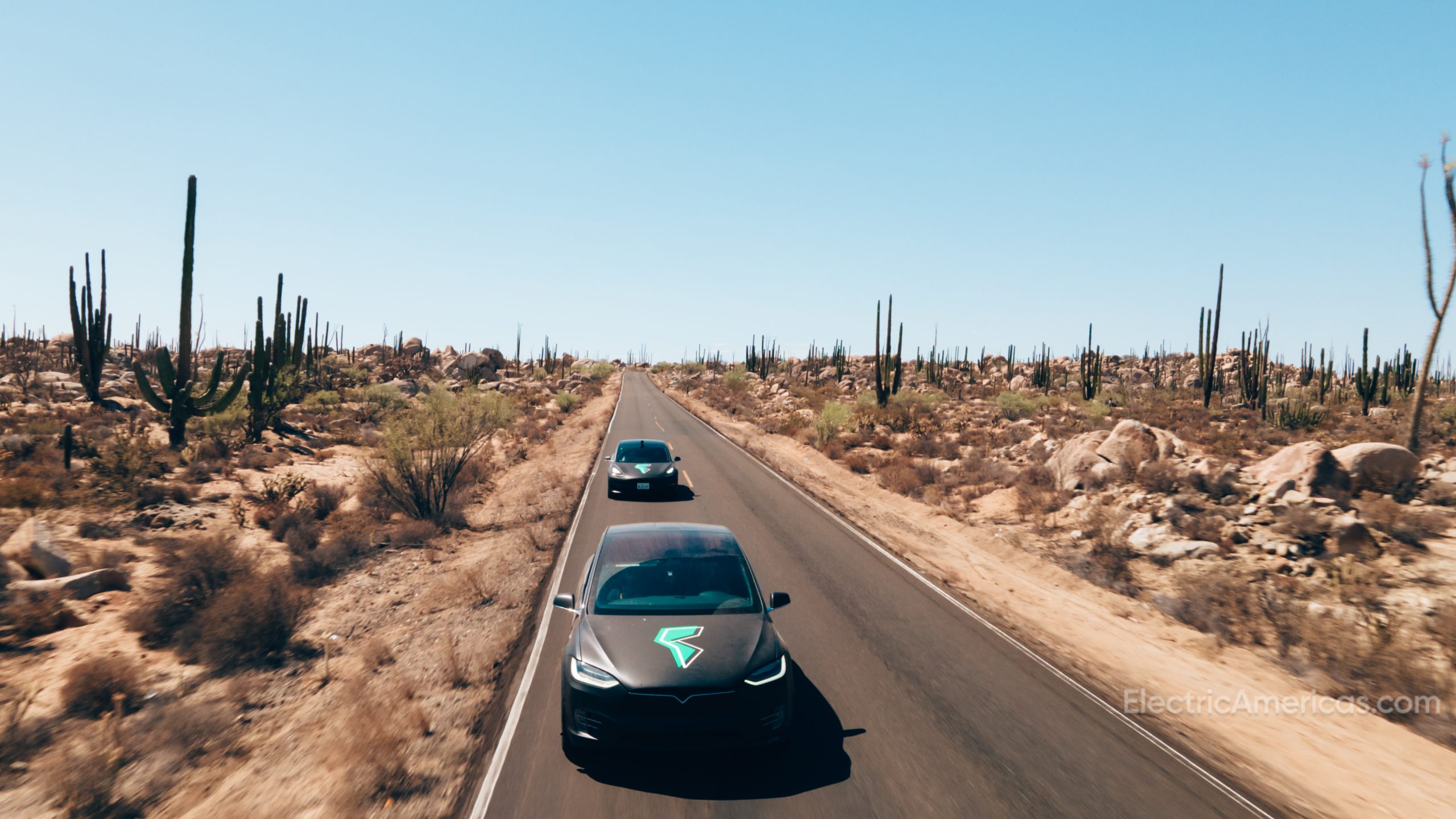
Martin and the team expect that this will be a common occurrence for the rest of the trip. One unexpected surprise was that they didn’t have to pay for Supercharging in Mexico.
“Since Tesla isn’t able to charge for Supercharging in Mexico, hotels were incentivized for installing destination chargers which were great for us.”
Martin noted that soon, Tesla would be charging for Supercharging in Mexico but for his trip, however, he didn’t have to pay for Supercharging. He and the team also had hotel adventures. Some were expensive, some were reasonable, and some, he said with a laugh, were difficult to explain.
As Martin continues his journey across the Pan-American Highway, he plans to keep me updated on his progress. And when he does, I’ll be sure to share his stories here.
Your feedback is important. If you have any comments, concerns, or see a typo, you can email me at johnna@teslarati.com. You can also reach me on Twitter @JohnnaCrider1

Lifestyle
Tesla Model S Plaid battles China’s 1500 hp monster Nurburgring monster, with surprising results
There is just something about Tesla’s tuning and refinement that makes raw specs seem not as game-changing.

The Tesla Model S Plaid has been around for some time. Today, it is no longer the world’s quickest four-door electric sedan, nor is it the most powerful. As per a recent video from motoring YouTube channel Carwow, however, it seems like the Model S Plaid is still more than a match for some of its newer and more powerful rivals.
The monster from China
The Xiaomi SU7 Ultra is nothing short of a monster. Just like the Model S Plaid, it features three motors. It also has 1,548 hp and 1,770 Nm of torque. It’s All Wheel Drive and weighs a hefty 2,360 kg. The vehicle, which costs just about the equivalent of £55,000, has been recorded setting an insane 7:04.957 at the Nurburgring, surpassing the previous record held by the Porsche Taycan Turbo GT.
For all intents and purposes, the Model S Plaid looked outgunned in Carwow’s test. The Model S Plaid is no slouch with its three motors that produce 1,020 hp and 1,420 Nm of torque. It’s also a bit lighter at 2,190 kg despite its larger size. However, as the Carwow host pointed out, the Model S Plaid holds a 7:25.231 record in the Nurburgring. Compared to the Xiaomi SU7 Ultra’s record, the Model S Plaid’s lap time is notably slower.
Real-world tests
As could be seen in Carwow’s drag races, however, Tesla’s tech wizardry with the Model S Plaid is still hard to beat. The two vehicles competed in nine races, and the older Model S Plaid actually beat its newer, more powerful counterpart from China several times. At one point in the race, the Xiaomi SU7 Ultra hit its power limit due to its battery’s temperature, but the Model S Plaid was still going strong.
The Model S Plaid was first teased five years ago, in September 2020 during Tesla’s Battery Day. Since then, cars like the Lucid Air Sapphire and the Xiaomi SU7 Ultra have been released, surpassing its specs. But just like the Model Y ended up being the better all-rounder compared to the BYD Sealion 7 and the MG IM6, there is just something about Tesla’s tuning and refinement that makes raw specs seem not as game-changing.
Check out Carwow’s Model S Plaid vs Xiaomi SU7 drag race video below.
Lifestyle
500-mile test proves why Tesla Model Y still humiliates rivals in Europe
On paper, the BYD Sealion 7 and MG IM6 promised standout capabilities against the Model Y.

BYD is seeing a lot of momentum in Europe, so much so that mainstream media has taken every opportunity to argue that the Chinese automaker has beaten Tesla in the region. But while BYD sales this year in Europe are rising and Tesla’s registrations remain challenged, the raw capabilities of vehicles like the Model Y are difficult to deny.
This was highlighted in a 500-mile challenge by What Car? magazine, which showed that the new Tesla Model Y is more efficient, cheaper to run, and more reliable than rivals like the BYD Sealion 7, and even the nearly 400 KW-charging MG IM6.
Range and charging promises
On paper, the BYD Sealion 7 and MG IM6 promised standout capabilities against the Model Y. The Sealion 7 had more estimated range and the IM6 promised significantly faster charging. When faced with real-world conditions, however, it was still the Model Y that proved superior.
During the 500-mile test, the BYD nearly failed to reach a charging stop, arriving with less range than its display projected, as noted in a CarUp report. MG fared better, but its charging speeds never reached its promised nearly-400 kW charging speed. Tesla’s Model Y, by comparison, managed energy calculations precisely and arrived at each stop without issue.
Tesla leads in areas that matter
Charging times from 25% to 80% showed that the MG was the fastest at 17 minutes, while Tesla and BYD were close at 28 and 29 minutes, respectively. Overall efficiency and cost told a different story, however. The Model Y consumed 19.4 kWh per 100 km, compared to 22.2 for MG and 23.9 for BYD. Over the full trip, Tesla’s charging costs totaled just £82 thanks to its supercharger network, far below BYD’s £130 and MG’s £119.
What Car? Magazine’s testers concluded that despite BYD’s rapid sales growth and the MG IM6’s seriously impressive charging speeds, Tesla remains the more compelling real-world choice. The Model Y just offers stability, efficiency, and a proven charging infrastructure through its Supercharging network. And as per the magazine’s hosts, the Model Y is even the cheapest car to own among the three that were tested.
Watch What Car? Magazine’s 500-mile test in the video below.
Lifestyle
Tesla Cybertruck slapped with world’s least intimidating ticket, and it’s pure cringe
One cannot help but cringe and feel second-hand embarrassment at the idea of a person just driving around with a stack of these babies.

A Cybertruck parked at Stanford Shopping Center in California was recently hit with what might be the most try-hard piece of paper ever slipped under a wiper blade: a “fake citation” accusing the driver of supporting a “fascist car.”
The note, shared on X by Tesla staff program manager Ryan Torres, quickly made the rounds on X, where it quickly gained attention as an example of how not to protest.
The world’s least intimidating ticket
According to the citation, the supposed “violation” was “driving a fascist car.” The remedial action? Take the bus, call an Uber, or ride a bike. The note also dubbed Elon Musk a “chainsaw-wielding Nazi billionaire.” Now, protests against Tesla and Elon Musk have become commonplace this year, but one cannot help but cringe and feel second-hand embarrassment at the idea of a person just driving around with a stack of fake anti-Tesla/Musk citations.
Torres pointed out the irony himself in his post on X. Tesla currently employs over 140,000 Americans, and SpaceX has put the U.S. firmly back at the top of space technology. As Torres put it, maybe the person behind the world’s least intimidating ticket should “read a book on innovation before vandalizing” other people’s property.
Peak performative clownery
Not to mention that the fake ticket’s logic collapses under its own weight. EVs like the Cybertruck are literally designed to reduce emissions, not “destroy the economy.” If anything, Tesla has bolstered the United States’ economy by fueling jobs in engineering, manufacturing, and clean energy. It’s not the first time a Tesla has been the target of vandalism or politically charged notes, but this one stands out for sheer cringe value.
Torres summed it up neatly: “Peak clownery.” On that point, at least, the citation earns full marks. In a way, though, perhaps cringe fake tickets are not as bad as the literal firebombs that were being thrown at Tesla stores and cars earlier this year because some critics were gleefully misinformed about Elon Musk.








